Ceremonia de Ñua (medicina ancestral de Yopo Wottuja) // Ñua Ceremony (Yopo Wottuja ancestral medicine)

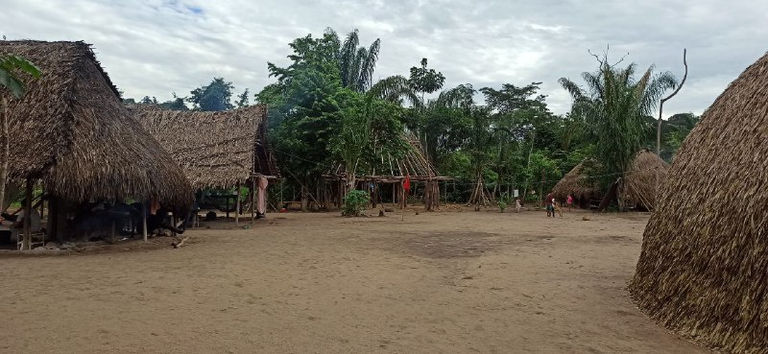

Hola hola gente, un placer estar por aquí una vez mas. Mi nombre es Irene y tengo 7 años estudiando la cultura wottuja, tambien el uso de sus medicinas ancestrales y sobre todo la "Sagrada Ñua" o Yopo como algunos le pueden escuchar nombrar. Ya he escrito de este tema en previas narraciones de mis experiencias, más hoy este escrito nace de la necesidad de explicar desde mi punto de vista actual "Que es una Ceremonia de Ñua". Este post esta dirigido especialmente a todos aquellos que deseen comulgar con esta medicina. Gracias.
Hello hello people, a pleasure to be here once again. My name is Irene and I have 7 years studying the Wottuja culture, also the use of their ancestral medicines and especially the “Sacred Ñua” or Yopo as some may hear it called. I have already written about this subject in previous narrations of my experiences, but today this writing is born from the need to explain from my current point of view “What is a Ñua Ceremony”. This post is directed especially to all those who wish to commune with this medicine. Thank you.
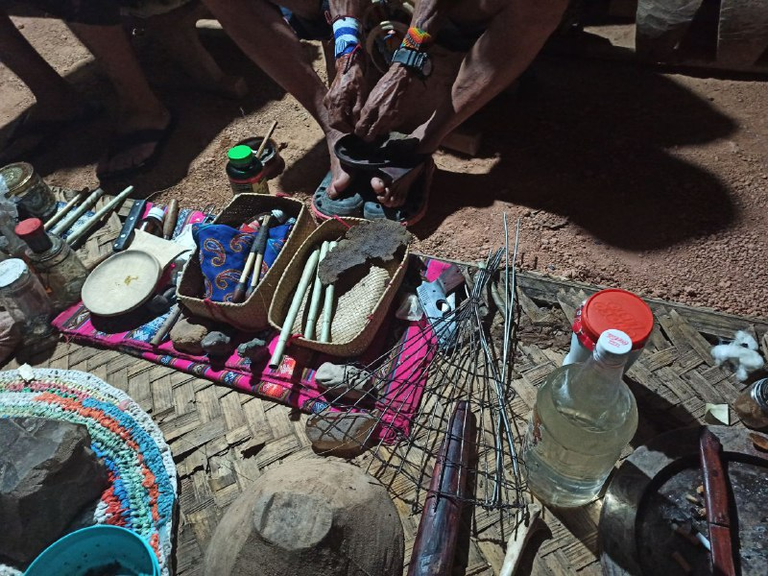
¿Que es una ceremonia de Ñua?
He escuchado mencionar que el termino "ceremonia" no seria el mas adecuado para estos encuentros, debido a que no necesariamente lleva una estructura estricta, más creo que por costumbre así hemos acordado nombrar al ritual que los estudiantes de esta medicina llevamos a cabo para consagrarla.
La Ñua (yopo) es una de las medicinas ancestrales que forman parte del patrimonio espiritual y cultural del pueblo Wottuja (Amazonas-Venezuela). Antiguamente su uso era exclusivo para los nativos de esta cultura, más desde hace aproximadamente 40 años se comenzó a abrir para nosotros los "Sabararies" (criollos), la oportunidad de asistir y de aprender de ella, gracias a una visión que tuvo el Chaman Purite, quien vio con ayuda de la medicina que los nativos irían perdiendo su cultura yendo en busca de la ciudad y que nosotros en la ciudad estaríamos necesitando la conexión con el espíritu a través de las culturas antiguas y sus medicinas.
Años después el Chaman finado Bolívar abrió las puertas de su comunidad para que así todos aquellos interesados en aprender llegaran a consagrar la medicina, legado que continua después de su trascendencia su hijo el Chaman Rufino Ponare (Jattupa), por esta razón es que hoy tengo aquí la oportunidad de aprender y de transmitir lo que he venido aprendiendo.
El ritual de consagración de esta medicina tiene la finalidad de hacernos comulgar con el espíritu de la creación Dios Puruna y en especial con el de Chejeru Diosa que desde el principio de los tiempos enseño a como vivir en la selva, que comer, enseño de la crianza, a vivir en comunidad, a sanarse con las plantas, como realizar los tejidos, entre otras cosas que hoy en la tribu siguen practicándose.
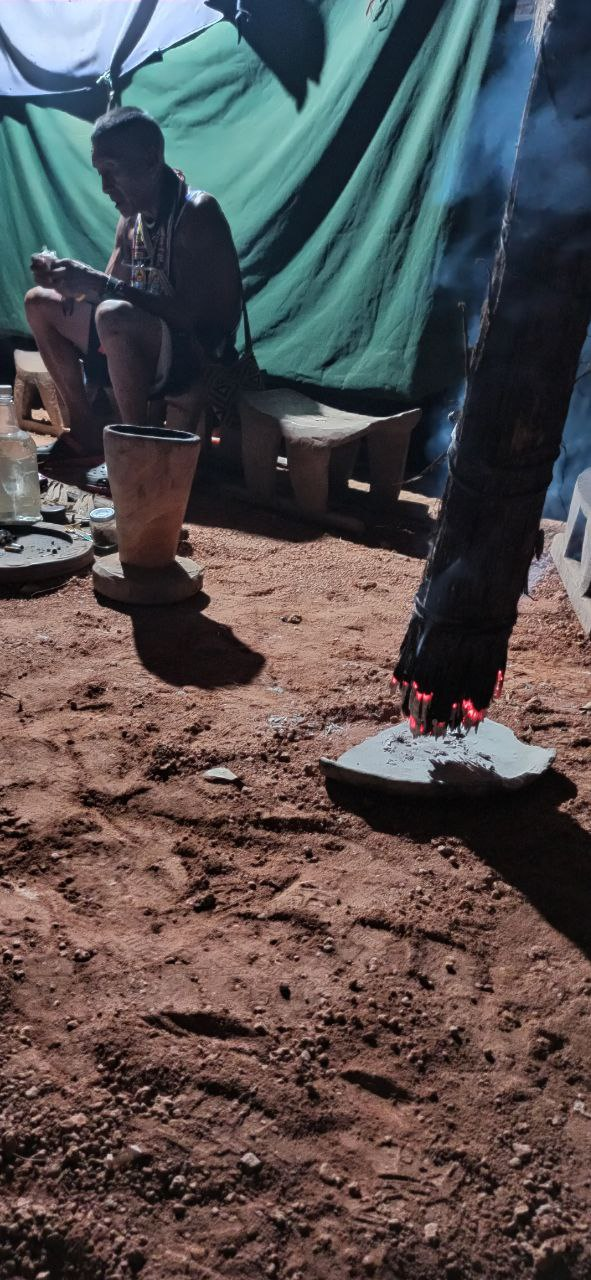
Estando en la selva, específicamente en la casa de la familia del chaman, el abuelo Rufino prepara y comparte la medicina para luego hacer un canto ritual con el que habla en su idioma de las historias del mundo y de los lugares sagrados que en el se encuentran. Por esta razón cuando vamos y tomamos la medicina estando allá, la ceremonia se lleva a cabo bajo el servicio, la guía y el canto sagrado del abuelo, lo que nos lleva a conectar con la raíz aun cuando no sepamos nada del idioma.
En la cosmovisión Wottuja, estos cantos son expresiones de conocimiento ancestral que conectan a toda la comunidad con los espíritus de la naturaleza, los ancestros y el cosmos. Estas canciones tienen un propósito ceremonial y terapéutico, siendo consideradas herramientas de sanación, protección y guía espiritual.
A través de los cantos se manifiesta el poder del chamán para invocar energías, equilibrar fuerzas y mantener la armonía en el mundo físico y espiritual. Cada canto se asocia a un contexto específico que puede tratar sobre la caza, la siembra, la salud o la relación con los espíritus protectores. Su interpretación no solo comunica mensajes, sino que también educa y fortalece a la comunidad al transmitir esta sabiduría ancestral.
What is a ceremony of Ñua?
I have heard it mentioned that the term “ceremony” would not be the most appropriate for these meetings, because it does not necessarily have a strict structure, but I think that by custom we have agreed to name the ritual that students of this medicine we carry out to consecrate it.
The Ñua (yopo) is one of the ancestral medicines that are part of the spiritual and cultural heritage of the Wottuja people (Amazonas-Venezuela). Formerly its use was exclusive for the natives of this culture, but since about 40 years ago began to open for us "Sabararies ” (Creoles), the opportunity to attend and learn from it, thanks to a vision that had the Shaman Purite, who saw with the help of medicine that the natives would be losing their culture going in search of the city and that we in the city would be needing the connection with the spirit through the ancient cultures and their medicines.
Years later the late Shaman Bolivar opened the doors of his community so that all those interested in learning could come to consecrate the medicine, a legacy that continues after his transcendence his son the Shaman Rufino Ponare (Jattupa), for this reason is that today I have here the opportunity to learn and to transmit what I have been learning.
The ritual of consecration of this medicine has the purpose of making us commune with the spirit of creation God Puruna and especially with that of Chejeru Goddess who since the beginning of time taught us how to live in the jungle, what to eat, taught us about breeding, how to live in community, how to heal ourselves with plants, how to weave, among other things that are still practiced today in the tribe.
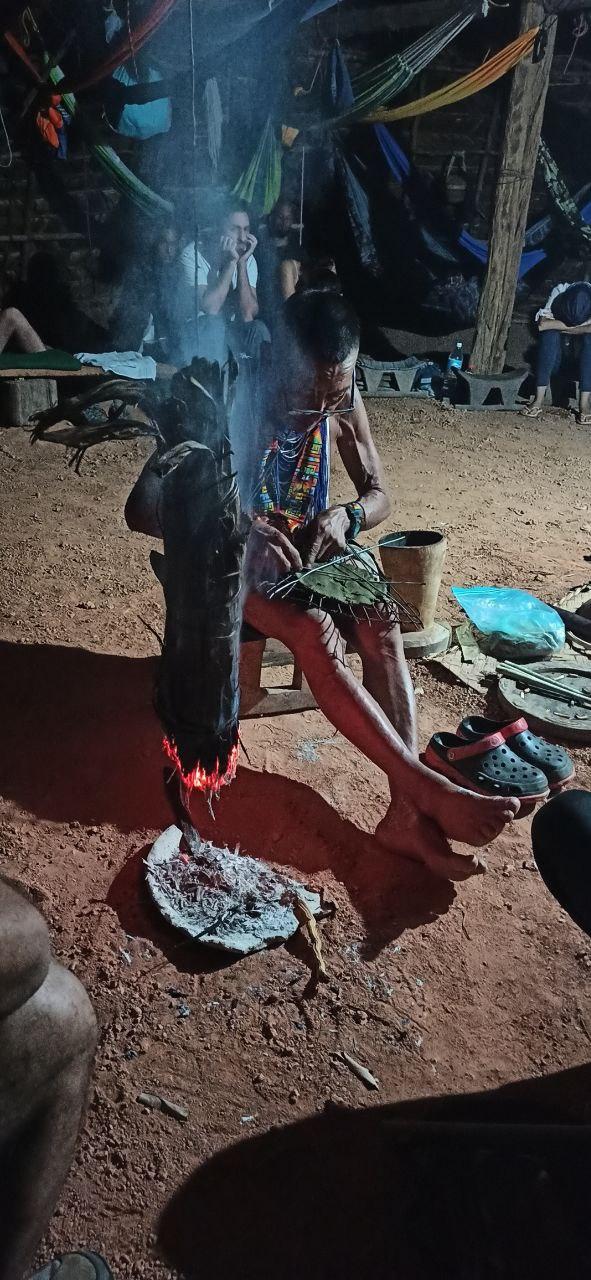
Being in the jungle, specifically in the house of the shaman's family, grandfather Rufino prepares and shares the medicine and then performs a ritual chant with which he speaks in his language about the stories of the world and the sacred places that are found in it. For this reason when we go and take the medicine while we are there, the ceremony is carried out under the service, guidance and sacred chant of the grandfather, which leads us to connect with the root even if we do not know any of the language.
In the Wottuja cosmovision, these songs are expressions of ancestral knowledge that connect the whole community with the spirits of nature, the ancestors and the cosmos. These songs have a ceremonial and therapeutic purpose, being considered tools for healing, protection and spiritual guidance.
Through the songs, the shaman's power to invoke energies, balance forces and maintain harmony in the physical and spiritual world is manifested. Each chant is associated with a specific context that may deal with hunting, planting, health or the relationship with protective spirits. Their interpretation not only communicates messages, but also educates and strengthens the community by transmitting this ancestral wisdom.
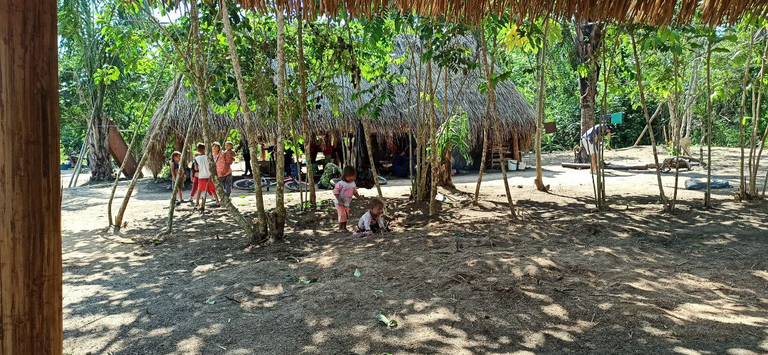
Preguntas que me han hecho... // Questions I have been asked...
¿De donde es y como se consigue esta medicina?
Desde que la Ñua comenzó a salir de la selva, lo ha hecho a través de personas que profundizando en su relación con esta espiritualidad se disponen brindar el servicio. Hoy en día aunque son pocos, existen facilitadores que visitan con frecuencia la comunidad y traen a la ciudad la medicina preparada por el Chaman para compartirla en una ceremonia que se lleva bajo los mismos lineamientos que se aprenden en esta matriz que es la churuata de abuelo.
(Abro un paréntesis para aclarar que estoy hablando de la medicina que específicamente se toma en esta comunidad. Existen distintos pueblos que consagran medicina proveniente del árbol de Yopo y que a grandes rasgos comparten algo de esta cosmovisión, mas este post hace referencia a la sagrada ñua que prepara el abuelo Rufino Ponare, hijo, nieto de una línea ininterrumpida de sabios curanderos)
La medicina viaja a la ciudad con la bendición del chaman y de esta forma esta abierta para todo que aquel que este a su encuentro y desee conectar con sus enseñanzas. También existen gracias a estos puentes, momentos y lugares donde el chaman viaja junto a su familia a la ciudad y comparte su sabiduría.
Where is it from and how do you get this medicine?
Since the Ñua began to come out of the jungle, it has done so through people who, deepening their relationship with this spirituality, are willing to provide the service. Today, although they are few, there are facilitators who frequently visit the community and bring to the city the medicine prepared by the Shaman to share it in a ceremony that is carried out under the same guidelines that are learned in this matrix that is the grandfather's churuata.
(I open a parenthesis to clarify that I am talking about the medicine that is specifically taken in this community. There are different towns that consecrate medicine from the Yopo tree and that broadly share some of this worldview, but this post refers to the sacred ñua prepared by grandfather Rufino Ponare, son, grandson of an unbroken line of wise healers).
The medicine travels to the city with the blessing of the shaman and in this way is open to anyone who wants to connect with his teachings. Thanks to these bridges, there are also moments and places where the shaman travels with his family to the city and shares his wisdom.
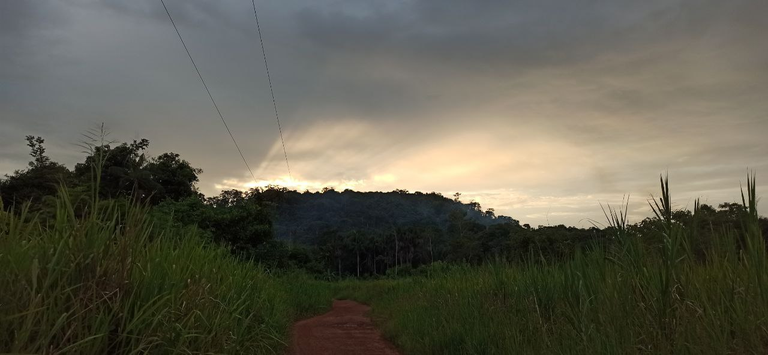
¿como se desarrollan estas ceremonias estando en la ciudad?
Se trata de una ceremonia nocturna, que suele comenzar entre 19:00 y 22:00 horas hasta aproximadamente las 08:00. Se desarrolla en un lugar de confianza dispuesto para ella donde el facilitador comparte el ritual que se lleva a cabo con la presencia de 3 medicinas Tuipa, jatte y Ñua (caapi-tabaco y yopo).
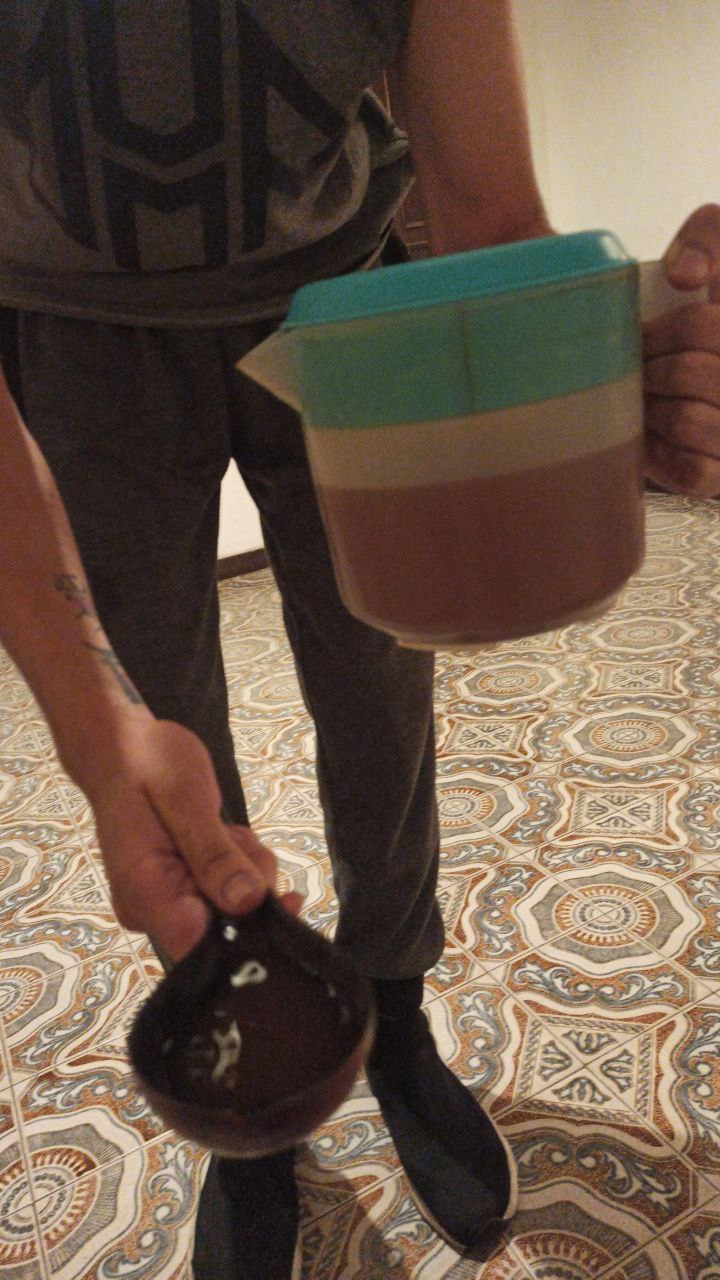
¿Se puede llevar a cabo de día? SI. Mas tradicionalmente es una ceremonia que se realiza de noche por varias razones, entre algunas de ellas, porque se busca el momento mas tranquilo del día, y al tratarse de un ritual de limpieza y protección se realiza cuando mujeres y niños duermen.
Estando en la ciudad sin la presencia del canto del abuelo la ceremonia se lleva en completo silencio y oscuridad. Durante el tiempo que dura el proceso todos concentrados se quedan en sus lugares teniendo como regla principal la quietud, o Kuami Kiachi ("fortaleza en el corazón"), no importa lo que la visión muestre, no importa lo que este sucediendo afuera, kuami kiachi significa quedarse quieto sin reaccionar a nada, esta es una de las filosofías mas importantes y si se practica con regularidad en nuestras vidas trae muchos beneficios.
El proceso que experimentamos con la medicina tiene una duración aproximada de 1-2 horas, una vez que todos van despertando del sueño se abre algún compartir de palabras o de música con la que se busca acompañar de forma sutil el trabajo de rezo. De esta forma si se escucha música siempre se escucha música medicina, mantras o frecuencias sanadoras.
Al amanecer estando todos con suficiente energía, suele finalizarse el trabajo con un compartir de agua y alimentos para disponernos a nuestras actividades, siento también bastante común preferir el descanso y la meditación activa en el día.
How do these ceremonies take place in the city?
It is a night ceremony, which usually begins between 19:00 and 22:00 hours until approximately 08:00. It takes place in a place of confidence arranged for it where the facilitator shares the ritual that is carried out with the presence of 3 medicines Tuipa, jatte and Ñua (caapi-tabaco and yopo).
Can it be carried out during the day? YES, IT CAN. But traditionally it is a ceremony that is performed at night for several reasons, among some of them, because it is the quietest time of the day, and because it is a ritual of cleansing and protection is performed when women and children are asleep.
Being in the city without the presence of the grandfather's chant the ceremony is carried out in complete silence and darkness. During the time that the process lasts, everyone remains concentrated in their places having as a main rule the stillness, or Kuami Kiachi (“strength in the heart”), no matter what the vision shows, no matter what is happening outside, kuami kiachi means to remain still without reacting to anything, this is one of the most important philosophies and if practiced regularly in our lives brings many benefits.
The process that we experience with the medicine has an approximate duration of 1-2 hours, once everyone is waking up from sleep we open some sharing of words or music that seeks to subtly accompany the work of prayer. In this way, if music is listened to, we always listen to medicine music, mantras or healing frequencies.
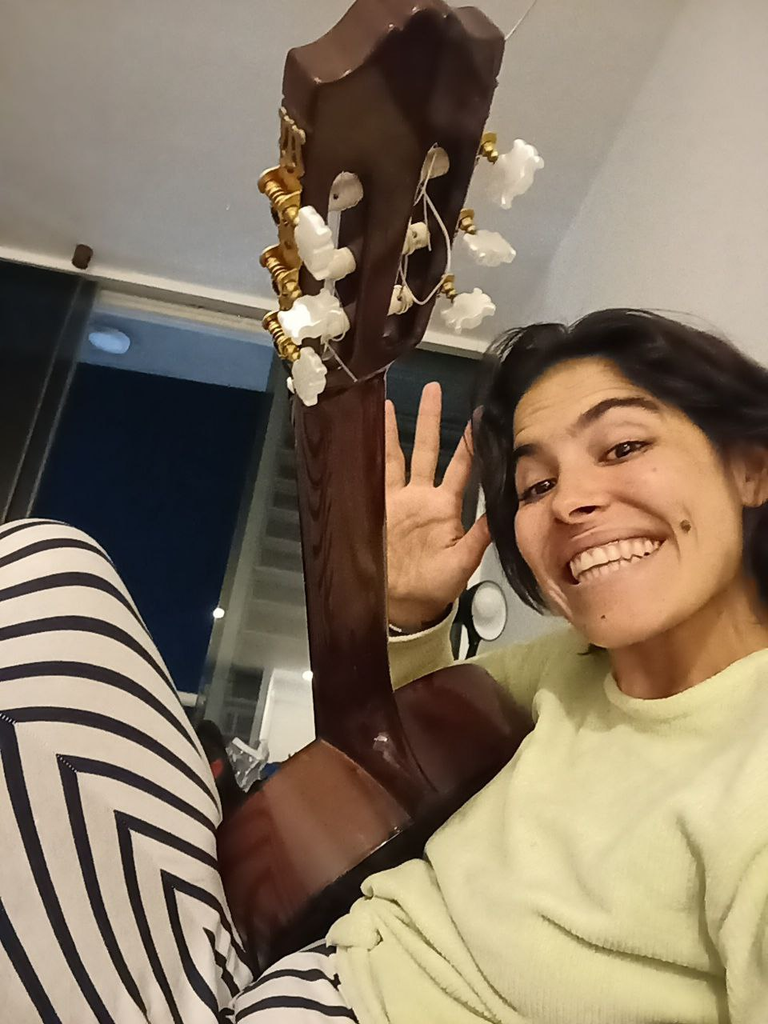
At dawn, being all with enough energy, the work is usually finished with a sharing of water and food to get ready for our activities, it is also quite common to prefer rest and active meditation during the day.

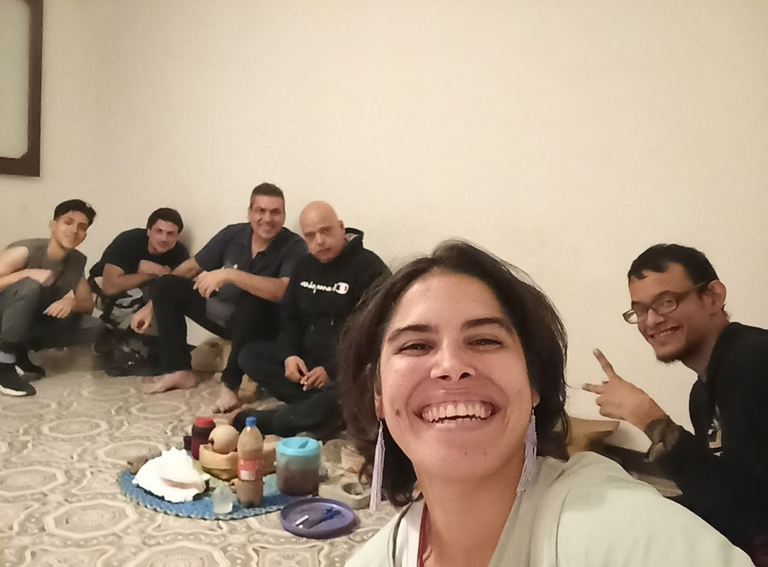
¿Que propósitos llevar a la ceremonia?
La ñua así como las medicinas que acompañan la ceremonia, se consagra con la bendición y el rezo del abuelo, Meñerua (dueño del canto). El chaman a través de sus cantos tiene el poder sanar, guiar procesos de limpieza energética, curar dolencias físicas y aliviar el sufrimiento emocional o espiritual, promoviendo la restauración del equilibrio interno.
A su vez la ceremonia facilita una experiencia de expansión de conciencia y autoconocimiento, colaborando en el desarrollo de la relación que personalmente tenemos con lo sagrado dentro de nosotros mismos.
No solo se trata de un acto espiritual, sino también de un encuentro que nutre cuerpo, mente y espíritu, como parte de una misma cosa, fortaleciendo tanto al que toma la medicina como a la familia y a la comunidad en su relación con el universo.
What purposes to bring to the ceremony?
The ñua as well as the medicines that accompany the ceremony, is consecrated with the blessing and prayer of the grandfather, Meñerua (owner of the chant). The shaman through his chants has the power to heal, guide energetic cleansing processes, heal physical ailments and alleviate emotional or spiritual suffering, promoting the restoration of inner balance.
At the same time, the ceremony facilitates an experience of expansion of consciousness and self-knowledge, collaborating in the development of the relationship that we personally have with the sacred within ourselves.
It is not only a spiritual act, but also an encounter that nurtures body, mind and spirit, as part of the same thing, strengthening the practitioner, the family and the community in their relationship with the universe.
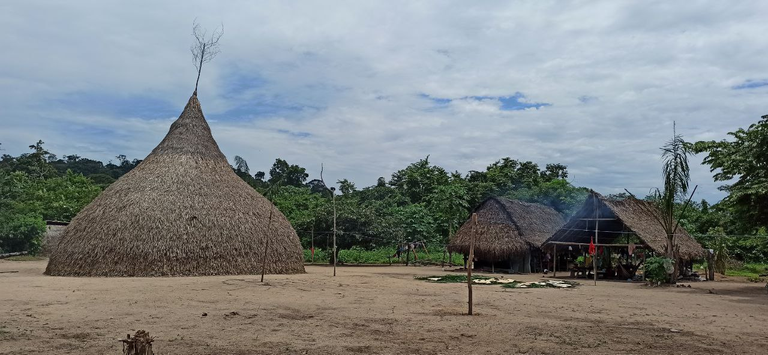
Algunas cosas a tener en cuenta
Si bien he visto tomar y consagrar la medicina a niños, ancianos, personas con virus, enfermedades fuertes, y obtener sanación, siempre es una medicina que se toma con cuidados. El chamán atiende como medico curandero estando en presencia y en la mayoría de los casos estando en su casa junto a su familia quienes lo apoyan y cuidan.
Las personas que transitan enfermedades y se encuentran en tratamiento siempre deben consultar a sus médicos así como al abuelo o a los mismos facilitadores para que haya un compartir y un apoyo entre ambas terapias.
Some things to keep in mind
Although I have seen medicine taken and consecrated to children, the elderly, people with viruses, strong illnesses, and obtain healing, it is always a medicine that is taken with care. The shaman attends as a healer doctor being in the presence and in most cases being at home with his family who support and care for him.
People who are going through illnesses and are in treatment should always consult their doctors as well as their grandfather or the facilitators themselves so that there is a sharing and support between both therapies.
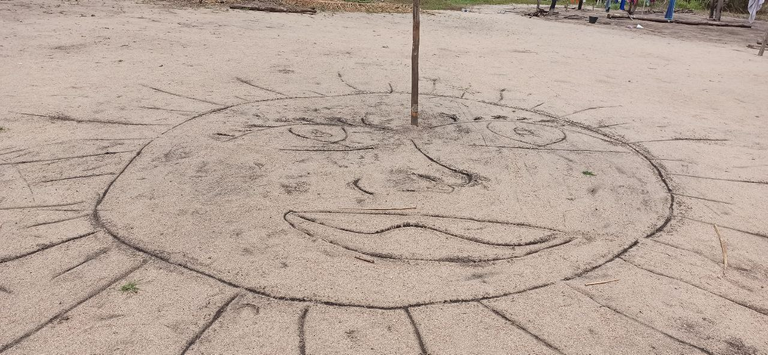
Mi reflexión al respecto
La importancia de la comunidad: Puedo decir que si bien he visto como en la ciudad ese concepto se debilita con facilidad, doy fe de que a la vez en todas partes del mundo nos encontramos muchos con la creencia de que podemos hallarnos en el compartir, fortaleciendo la conciencia colectiva, el respeto, a la hermandad y a la unión familiar. Yendo mucho mas allá de las fronteras podemos conocer mas perspectivas y a la vez abrirnos a lo COMúN de la UNIDAD.
Esta medicina nace en un contexto donde todo es de todos, donde los espíritus de la tierra están vivos, donde la naturaleza te rodea y cada ser tiene su espacio, con agradecimiento toman lo que se precisa y a dan a la tierra sabiendo que ella nos alimenta. Aquí lo natural es estar sanos, lo ajeno a este sentir es todo lo que la medicina ayuda a curar, por esa razón esta medicina influye mucho en la apertura de nuevos caminos, ir con intención clara es fundamental, más ella sabe comunicarse con el alma y allí no hay secretos, ella reconoce el dolor, va directo a la herida y siempre cura.
My thoughts on the subject
The importance of community: I can say that although I have seen how in the city this concept is easily weakened, I can attest that everywhere in the world we meet many with the belief that we can find ourselves in sharing, strengthening the collective consciousness, respect, brotherhood and family unity. Going far beyond borders we can learn more perspectives and at the same time open ourselves to the COMMONNESS of UNITY.
This medicine is born in a context where everything belongs to everyone, where the spirits of the earth are alive, where nature surrounds you and each being has its space, with gratitude take what is needed and give to the earth knowing that she is feeding us. Here the natural thing is to be healthy, the foreign to this feeling is everything that medicine helps to cure, for that reason this medicine influences a lot in the opening of new ways, to go with clear intention is fundamental, more she knows how to communicate with the soul and there are no secrets, she recognizes the pain, goes straight to the wound and always heals.
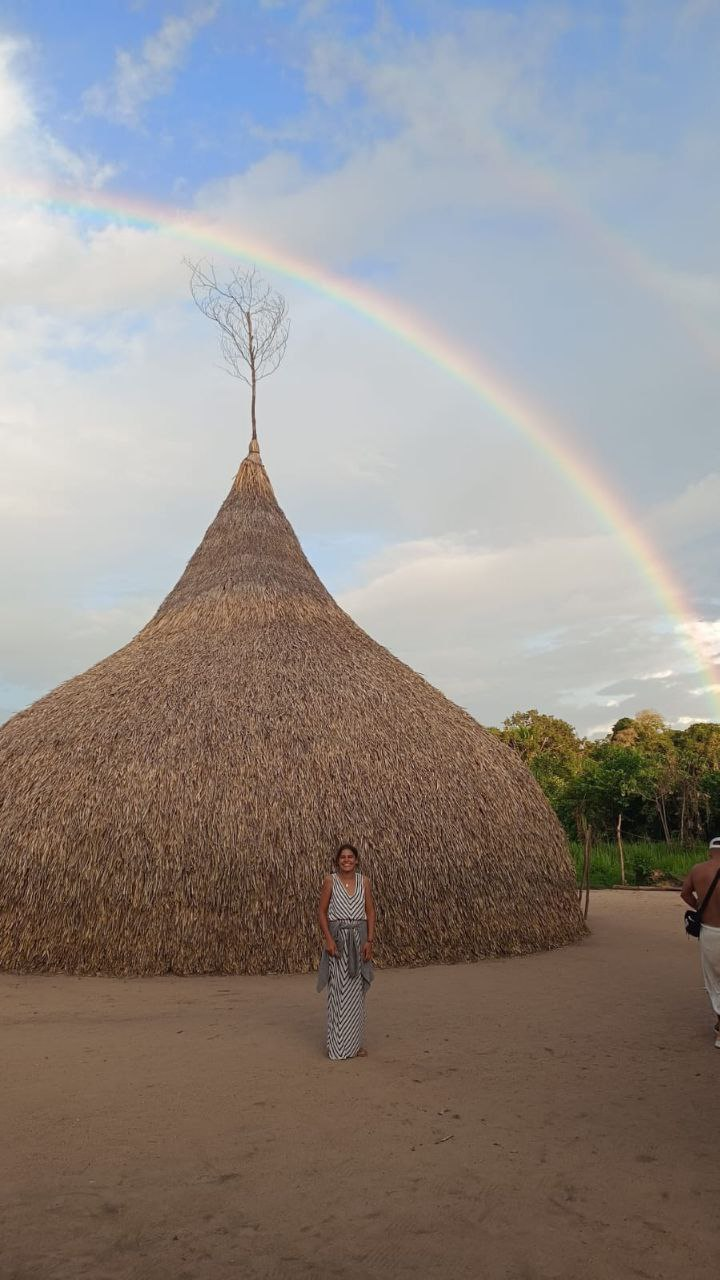
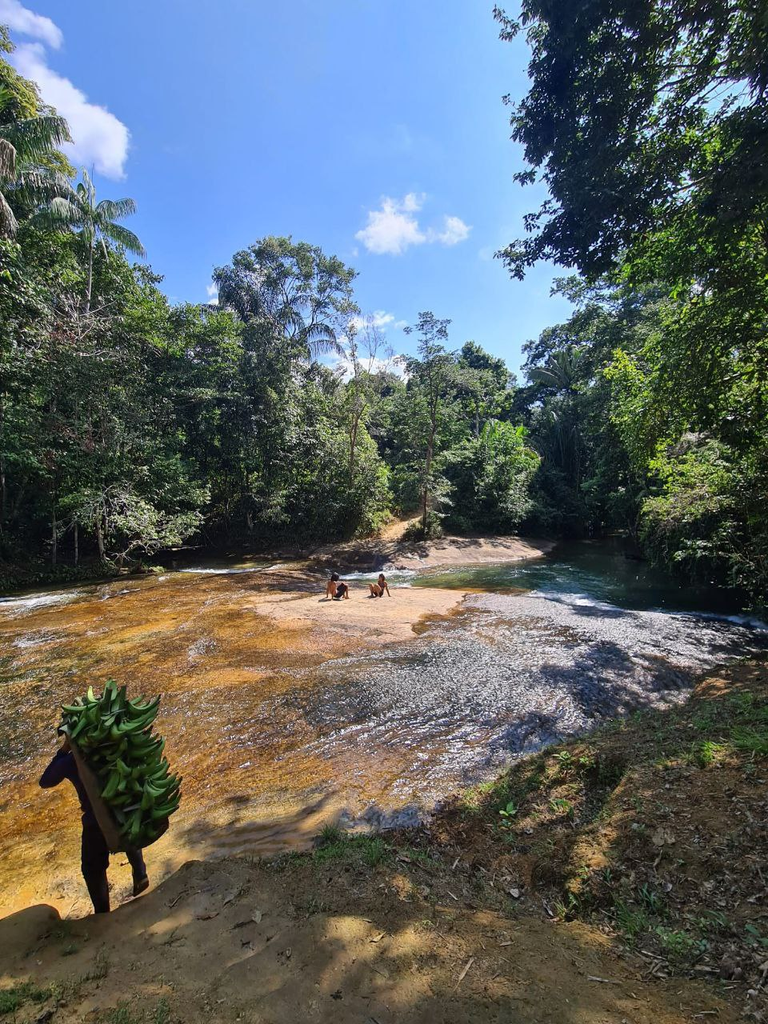
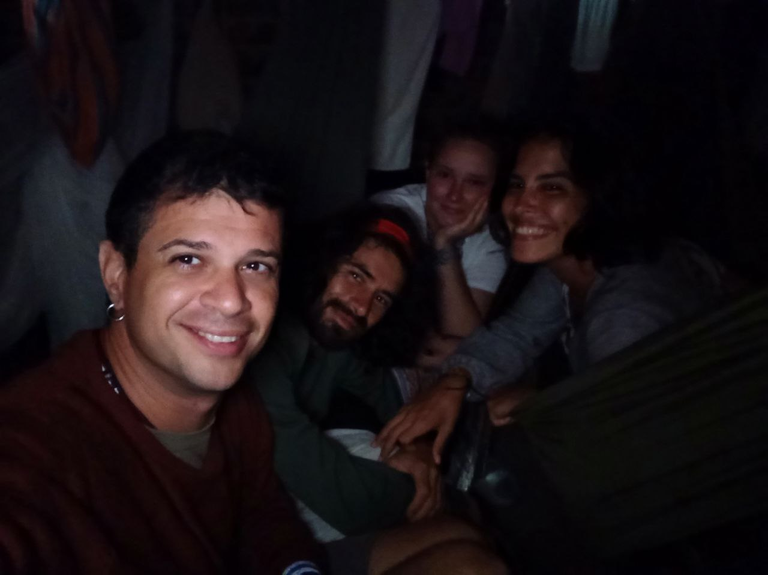
I leave here some writings of what has been for me the experience of meeting the Wottuja culture and its knowledge:
Ancestral Medicine- Part - 1 (my experience)
Ancestral Medicine- Part - 2 (my experience)
Ancestral Medicine- Part - 3 (my adiwa experience)

Esto ha sido todo por hoy, desde mi corazón espero estén teniendo un hermoso presente. Nos vemos en una pronta ocasión. Adiwa!
This has been all for today, from my heart I hope you are having a beautiful present. See you soon. Adiwa!

